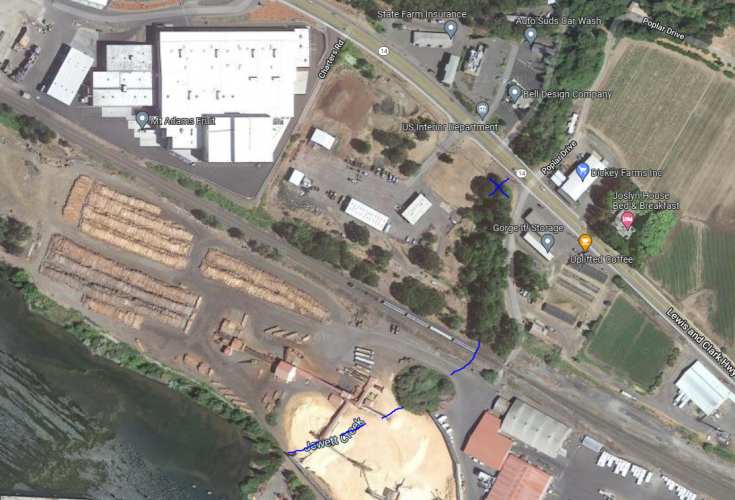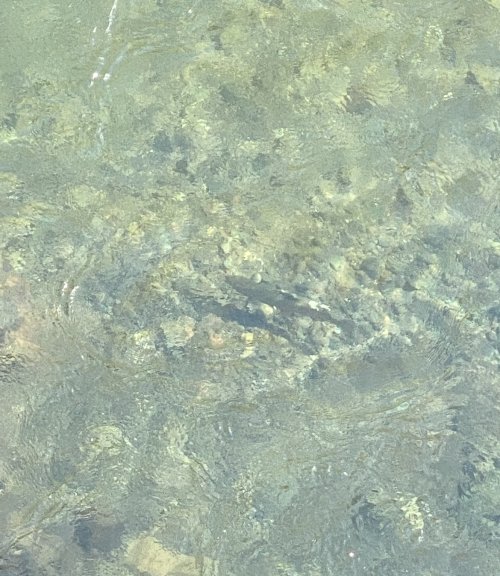Irrelevant
Well-known member
Right, but my counter to that would be the main source of nutrients in our freestone rivers, on the west coast, are the salmon themselves. Their rotting corpses feed a plethora of aquatic bug life, which in turn feed our par and smolts. It's not that the actual habitat has degraded. There aren't less trees in the Olympic National Park.Out state biologists did studies on the size and strength of outmigrating smolt showing that they were not growing up like they should be. 25% smaller. Suggesting that there isn't enough nutrients in the water.
I guess I would have push back in believing that the if habitats where they are born and start out there lives don't have the food and proper growing conditions such as water temperature or levels. When they migrate and are runts they are going to have a tougher time surviving than an outmigrating smolt of proper size.
And mostly because we can probably do more to help on land. But again just part of the problem. And just my thoughts. And I am also very concerned about the future of our salmon fisheries to survive, we're all in this together
I feel like this intellectual impasse, where all of our salmon whoas are placed on freshwater habitat has three main sources.
1. Freshwater habitat is about the only thing we have any knowledge of. We can't or don't study the saltwater environment.
2. "Fixing" freshwater habitat is easy, therefore we gravitate towards it as a solution. Even large scale dam removal is far easier simply because it's a direct action that can be taken.
3. Most mainstream conservationists and environmentalist involved in salmon recovery simply don't have enough humility to admit when their actions and policies aren't working. I know several very well, and to admit that more large woody debris isn't the answer is akin to hating the environment. That's an exaggeration, but you get the idea.












